Introduction to Email Verification
Email verification is a critical process used to confirm the validity and existence of an email address. It's a foundational step in ensuring the effectiveness of email campaigns, maintaining high sender reputation, and improving overall email deliverability.
With the growth of digital communication, the importance of accurate and reliable email lists cannot be overstated.
Why Valid Email Addresses are Important

Valid email addresses are the cornerstone of effective email communication, whether for personal interactions, business correspondences, or marketing campaigns. Here's why they hold such significance:
Improved Deliverability: Valid emails ensure that your messages reach the intended recipient's inbox, thereby increasing the chances of engagement.
Lower Bounce Rates: By minimizing the number of invalid or non-existent emails, you reduce the likelihood of hard bounces, which can negatively impact your sender reputation.
Efficient Use of Resources: Sending emails to invalid addresses is a waste of resources. Verification helps in focusing efforts on reachable contacts.
Compliance and Reputation: Adhering to best practices, like email verification, helps in maintaining compliance with email service providers and enhances your domain reputation.
Key points to consider include:
- Accuracy: Ensuring the email address is correctly formatted and free from syntax errors.
- Existence: Confirming that the email account is active and capable of receiving messages.
- Domain Reputation: Checking the reputation of the email's domain to avoid sending emails to risky or spam-associated domains.
Why Verifying Emails is More Crucial Than Ever

In today's digital landscape, the stakes for maintaining clean email lists have never been higher. Here's why email verification is more crucial than ever:
Rise in Spam Complaints: With increasing awareness about spam, users are more likely to mark unsolicited emails as spam, affecting your sender reputation.
Email Fraud and Security: Verifying emails can help in identifying disposable email addresses and protecting against potential fraud.
Enhanced Engagement: Verified emails are more likely to be engaged with, leading to better outcomes for email campaigns.
Technological Advances: The evolution of email verification tools and services has made the process more accessible and accurate, providing real-time verification without the need to send a verification email.
Important aspects include:
Email Verification Tools: Utilizing advanced tools that check SMTP servers, MX records, and DNS records to ensure email validity.
Cold Email Campaigns: For cold email campaigns, verification is vital to ensure that your outreach efforts are well-received and don't end up in spam folders or harm your domain reputation.
Integration with Sign-Up Forms: Incorporating email verification in sign-up forms can prevent invalid addresses from entering your database at the point of entry.
The Basics of Email Verification

Email verification is a crucial process in the realm of digital communication, ensuring that an email list consists of valid, active addresses.
This practice not only enhances the quality of email campaigns but also plays a vital role in maintaining the integrity and reputation of the sender.
What is Email Verification?

Email verification is a procedure used to determine if an email address is valid and capable of receiving messages. This process involves several steps, including syntax checks to ensure the email address is formatted correctly, domain verification to confirm the email domain's existence, and SMTP verification to verify that the mailbox can receive emails.
Sophisticated email validation tool and services automate this process, providing accurate results without the need to send an actual email to the address.
Checking Email Addresses: This involves identifying and correcting syntax errors, removing special characters that are not allowed, and ensuring the email address conforms to standard email formatting rules.
Validating Mail Servers: The process involves querying the domain's mail server (via MX records) to ensure they are properly configured and capable of receiving emails.
Identifying Disposable Email Addresses: Disposable email address can affect the quality of your email list. Verify emails help in flagging and removing these addresses.
Detecting Hard and Soft Bounces: Hard bounces occur when an email is sent to an invalid address, while soft bounces are temporary delivery failures. Verification aims to reduce both types of bounces.
The Significance of Valid Email Addresses
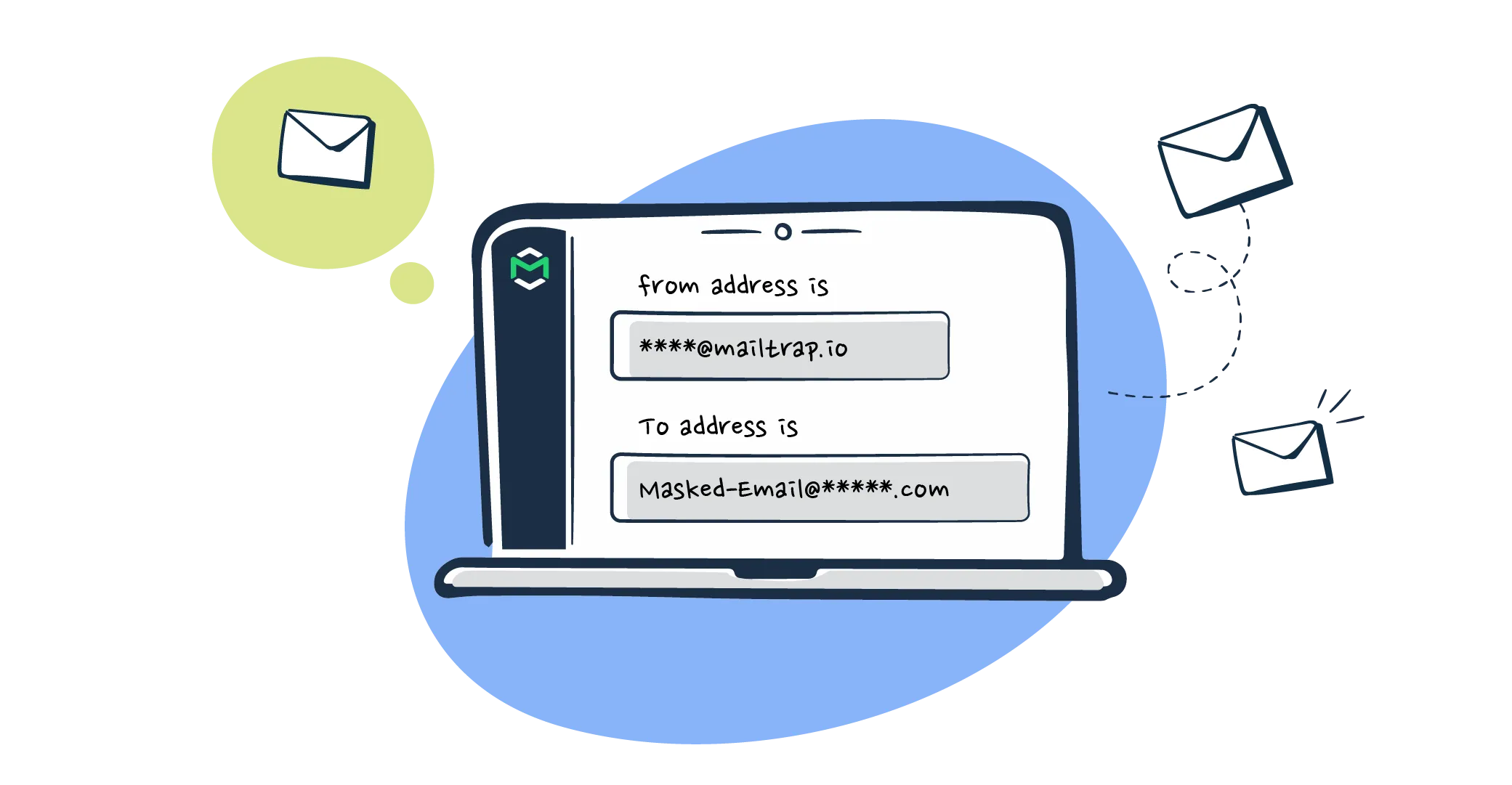
Having a list of valid email addresses is crucial for several reasons:
Improved Email Deliverability: Valid addresses mean emails are more likely to be successfully delivered to the intended recipient's inbox, improving overall campaign performance.
Lower Bounce Rates: A high bounce rate can negatively impact the sender's reputation with email service providers, leading to emails being marked as spam.
Enhanced Engagement: Emails that reach their intended recipients are more likely to be opened, read, and acted upon, leading to higher engagement rates.
Resource Efficiency: Sending emails to invalid addresses is a waste of resources. Verification ensures that efforts are focused on potential leads or interested parties.
The Necessity to Verify Email Address for Business Success

For businesses, email verification is not just a best practice—it's a necessity. The digital landscape is filled with challenges like spam filters, phishing attempts, and the risk of being blacklisted by email service providers.
Here's why verification is essential for business success:
Protecting Sender Reputation: A good sender reputation increases the likelihood that your emails will reach your audience's inboxes. Verification helps maintain a clean email list, reducing spam complaints and bounce rates.
Ensuring Accurate Analytics: Valid email addresses provide more accurate metrics for open rates, click-through rates, and conversions, enabling better decision-making and strategy adjustments.
Boosting Campaign ROI: By ensuring your messages reach genuine and interested recipients, email checker can significantly improve the return on investment for your email campaigns.
Compliance and Trust: Adhering to best practices in email verification helps in complying with regulations like GDPR and builds trust with your audience.
Email verification is a foundational aspect of effective email marketing and communication strategies. By ensuring the validity of email addresses, businesses can improve deliverability, engagement, and ultimately, their bottom line.
Whether you're launching a cold email campaign, managing regular communications, or sending promotional content, the importance of verifying email addresses cannot be overstated.
Understanding Email Delivery Issues

Email delivery issues can significantly affect the success of your communication efforts, whether it's a marketing campaign, business correspondence, or personal messages.
Understanding the nuances of these issues, including bounces, invalid addresses, and their impact on sender reputation, is crucial for effective email management.
What is a Bounce?

A bounce in email terminology refers to a message that is returned to the sender because it could not be delivered to the intended recipient. Bounces are classified into two main types:
Hard Bounces: These occur when the random email address is invalid, non-existent, or the domain is not recognized. Hard bounces are permanent delivery failures that indicate the need to remove the address from your list.
Soft Bounces: Soft bounces are temporary issues, such as a full inbox or a server being temporarily unavailable. These addresses can be retried after some time or after addressing the specific issue.
Bounce rates, the percentage of emails not delivered, are critical metrics for assessing the health of your email list and the effectiveness of your email delivery setup.
What are Invalid Email Addresses?

Invalid email addresses are those that do not conform to standard email format rules, belong to non-existent domains, or represent mailboxes that no longer exist.
These addresses can lead to hard bounces, wasting resources and potentially harming your sender reputation. Common characteristics of invalid addresses include:
Incorrect syntax (e.g., missing '@' symbol, spaces, or unsupported special characters)
Typographical errors in the domain name
Use of disposable email addresses created for temporary communication
Addresses from domains that no longer exist
How to Identify an Invalid Email Address

Identifying invalid email addresses before sending emails can significantly improve your campaign's success rate and protect your sender reputation. Key steps include:
Syntax Verification: Check the format of the email addresses to ensure they adhere to standard email address structures.
Domain Verification: Verify that the domain of the email address exists and can receive emails by checking MX records through DNS queries.
SMTP Verification: Utilize SMTP protocol to query the recipient's mail server to confirm if the mailbox exists without actually sending an email.
Use of Email Verification Tools: Employ dedicated email verification services that automate the process of checking addresses against multiple factors for validity.
The Impact of Bounces on Sender Reputation

Sender reputation is a score assigned by ISPs and email service providers to an email sender, based on the quality of their sent emails and how recipients interact with them.
High bounce rates, particularly from hard bounces, negatively impact this reputation, as they indicate poor list management and possible spamming behavior. Key impacts include:
Reduced Deliverability: A poor sender reputation can lead to your emails being blocked or filtered into the spam folder, reducing overall deliverability.
Increased Spam Complaints: Emails from senders with low reputation are more likely to be marked as spam by recipients, further deteriorating the sender's status.
Loss of Engagement: If your emails are not reaching the inbox, engagement rates with your content will naturally decline, affecting the effectiveness of your communication efforts.
Managing email delivery issues proactively through regular email list hygiene, understanding the implications of bounces, and employing email verification processes are essential steps in maintaining a healthy sender reputation and ensuring your emails reach their intended recipients.
The Crucial Role of Sender Reputation

Sender reputation is a vital aspect of email communication, acting as a trustworthiness score that Internet Service Providers (ISPs) and email service providers assign to an entity sending emails. It significantly influences the likelihood of your emails reaching the intended recipients' inboxes, rather than getting sidelined into the spam folder or blocked entirely.
How Sender Reputation Influences Email Deliverability
Sender reputation is determined by several factors, including but not limited to, the volume of emails sent, frequency of sending, bounce rates, complaint rates (how often recipients mark emails as spam), and engagement metrics (open and click-through rates).
Inbox Placement: A high sender reputation increases the chances that your emails will be delivered directly to recipients' inboxes, ensuring better visibility and higher engagement rates.
Spam Filtering: Emails from senders with poor reputations are more likely to be filtered out as spam, significantly reducing the chances of your message being seen, let alone acted upon.
Blocking: In extreme cases, a very poor sender reputation can lead to your emails being blocked by ISPs or email service providers, preventing your messages from being delivered at all.
Key elements impacting sender reputation include the quality of the email content, the validity of email addresses on your list (to avoid bounces), and the use of reliable email verification services and tools to maintain list hygiene.
Strategies to Maintain a Positive Sender Reputation
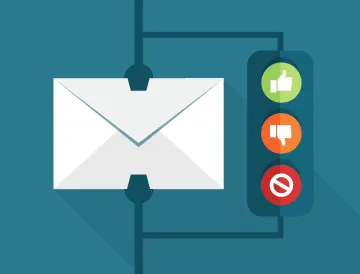
Maintaining a positive sender reputation is crucial for ensuring your emails reach your audience. Here are strategic steps you can take:
Regularly Verify Email Addresses: Use email verification tools and services to ensure your email list is free of invalid, disposable, or risky email addresses. This reduces bounce rates and avoids sending emails to non-existent or temporary addresses.
Monitor Bounce Rates: Keep an eye on your email bounce rates. High bounce rates can harm your sender reputation. Remove hard bounces (permanent delivery failures) from your list promptly.
Engage Your Audience: Craft relevant, engaging email content that encourages recipients to open, read, and interact with your emails. High engagement rates positively impact your sender reputation.
Authenticate Your Emails: Use email authentication standards like SPF, DKIM, and DMARC. These protocols verify your identity as the sender, building trust with ISPs and reducing the likelihood of your emails being marked as spam.
Avoid Spammy Content: Be mindful of the language in your email content. Avoid excessive use of sales-oriented words, all caps, or multiple exclamation marks, which can trigger spam filters.
Implement Opt-in Practices: Ensure that recipients have explicitly agreed to receive emails from you. This not only complies with regulations like GDPR but also reduces the likelihood of spam complaints.
Integrate with Tools Like Google Sheets: For those managing email campaigns or lists through platforms like Google Sheets, ensure seamless integration with your email verification tools. This allows for real-time validation and management of email addresses directly within your workflow.
Respect Unsubscribe Requests: Make it easy for recipients to unsubscribe from your emails and honor those requests promptly. This reduces spam complaints and improves your sender reputation.
Practical Approaches to Verify Email Addresses
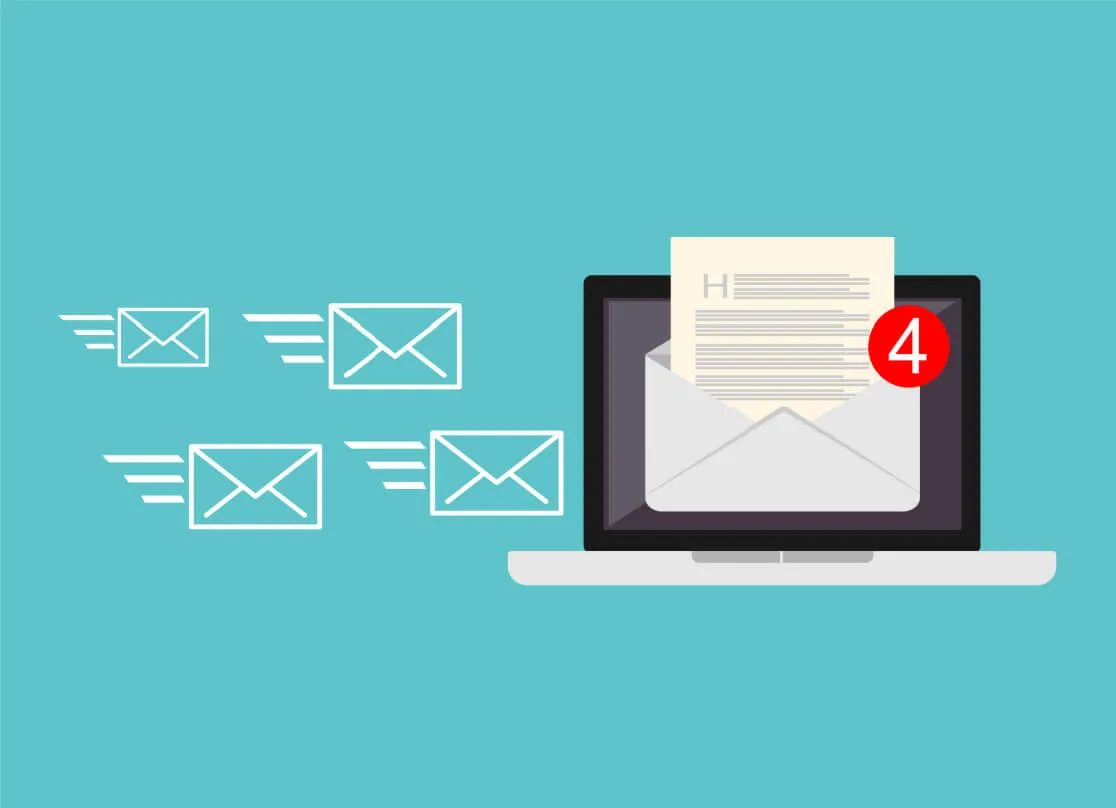
Email verification is an essential step in maintaining the integrity of your email lists and ensuring the success of your email campaigns. By verifying email addresses, you can significantly reduce bounce rates, avoid spam traps, and protect your sender reputation.
Let's delve into practical methods to validate email addresses, focusing on bulk verification for efficiency and real-time verification on websites.
How to Verify Email Addresses in Bulk for Efficiency
Bulk email verification is a process designed for businesses and marketers who need to validate a large number of email addresses quickly and efficiently.
This process helps in cleaning email lists, thereby enhancing email campaign performance. Here’s how to approach bulk email verification:
- Choose a Reliable Email Verification Service: Select an email verification tool that offers bulk verification capabilities. Look for features like high accuracy rates, fast processing times, and the ability to handle large volumes of email addresses.
- Export Your Email List: Prepare your email list by exporting it from your email platform or CRM. This list might be in formats such as CSV or Excel, which are commonly supported by email verification tools.
- Upload Your Email List: Upload your email list to the chosen verification service. Ensure the service uses secure methods to protect your data during and after the verification process.
- Start the Verification Process: Initiate the bulk verification process. The service will check each email address for validity, using various checks such as syntax analysis, domain verification, and SMTP checks to confirm the existence of the email server and mailbox.
- Analyze the Results: Once the process is complete, review the results. The service should categorize email addresses as valid, invalid, disposable, or risky. Invalid and disposable addresses should be removed from your list, while risky emails need further evaluation based on your risk tolerance.
- Update Your Email List: Remove or correct invalid and risky email addresses based on the verification results. Update your email list in your CRM or email marketing tool to reflect these changes.
Implementing Real-Time Email Verification on Websites
Real-time email verification on websites is a proactive approach to ensure that only valid email addresses are captured through web forms, sign-ups, or subscriptions.
This method provides immediate feedback to users and prevents invalid emails from entering your database. Here's how to implement it:
- Select an Email Verification Tool with API Support: Choose a tool that offers real-time verification through API integration. This allows you to connect the tool directly with your website's backend.
- Integrate the API with Your Website: Work with your web development team to integrate the email verification API with your website's forms. Ensure that the integration is seamless and does not significantly impact the user experience.
- Set Up Real-Time Feedback: Configure the tool to provide immediate feedback to users as they enter their email address. If an email is invalid or risky, the form should display a message prompting the user to correct it.
- Test the Integration: Before going live, thoroughly test the real-time verification feature to ensure it works as expected. Check for any issues that might prevent users from submitting the form or cause unnecessary delays.
- Monitor Performance: After implementation, monitor the performance of the real-time verification feature. Keep an eye on metrics such as form completion rates and the number of invalid emails caught to assess its effectiveness.
The Consequences of Ignoring Email Verification

Ignoring email verification can lead to significant challenges in email marketing and communication strategies. Email verification is a critical step to ensure that the email addresses in your database are valid, active, and capable of receiving emails.
This process can drastically affect your sender reputation, deliverability rates, and overall campaign effectiveness.
The Risks of Not Using Online Email Address Verification
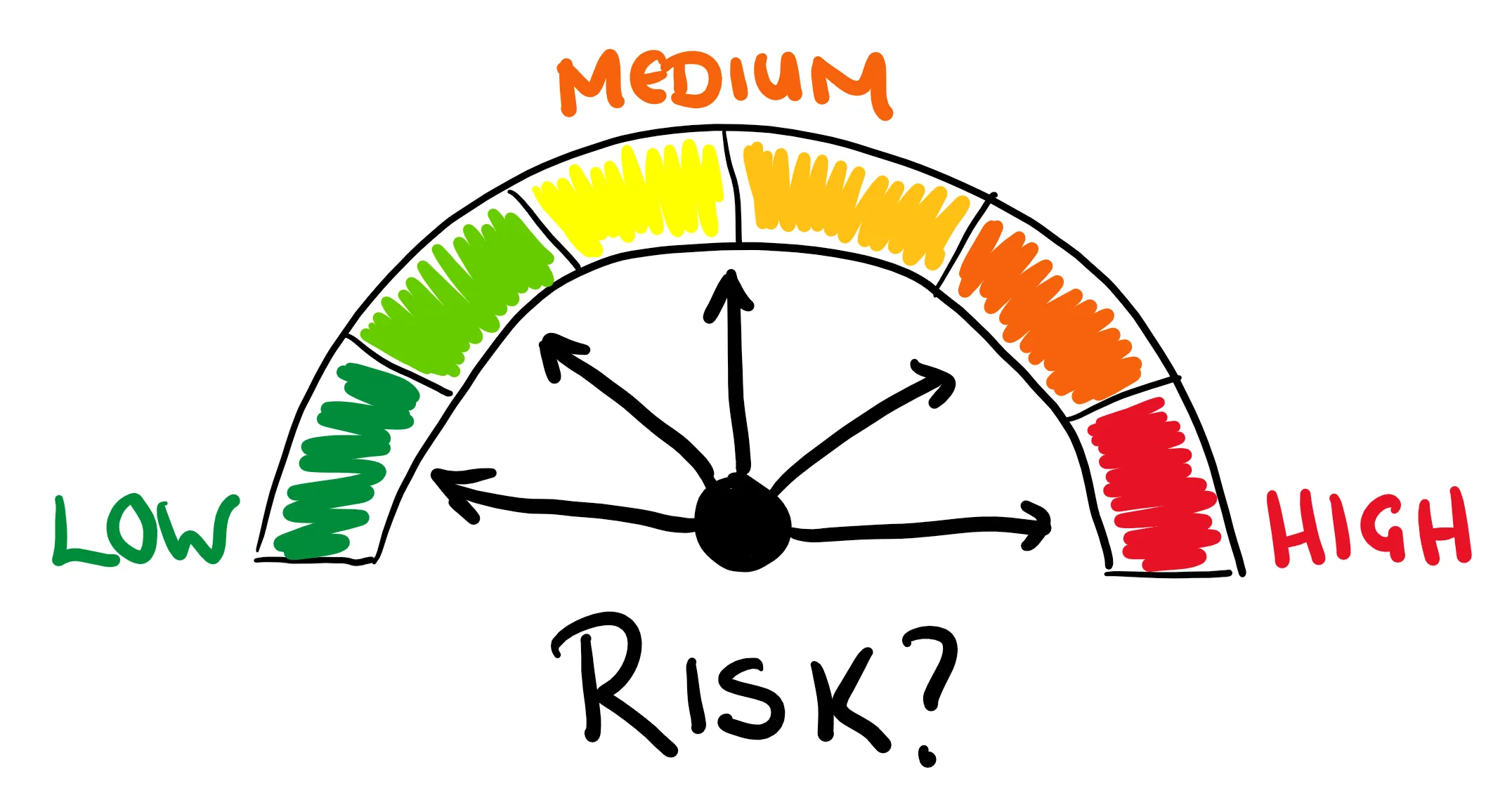
Failing to employ online email verification tools or services can expose your email campaigns to various risks, including:
- Increased Bounce Rates: Without verification, your emails are more likely to be sent to invalid or non-existent addresses, leading to hard bounces. A high bounce rate is a red flag for email service providers (ESPs) and can lead to your emails being blocked or filtered into the spam folder.
- Damaged Sender Reputation: ISPs and ESPs monitor the quality of your email sends. Sending to invalid addresses frequently can tarnish your sender reputation, making it harder for your emails to reach the inbox of valid addresses.
- Wasted Resources: Every email sent to a bad address is a waste of your marketing resources. This includes both the direct costs associated with sending the emails and the opportunity cost of not reaching your intended audience.
- Increased Risk of Spam Complaints: Sending emails to addresses that have not been verified can lead to higher spam complaints. Recipients who don't recognize your email or didn't intentionally sign up for your communications may mark your emails as spam, further harming your sender reputation.
- Lower Engagement Rates: Sending emails to unverified lists can result in significantly lower open and click-through rates, skewing your campaign analytics and making it difficult to gauge the true performance of your email marketing efforts.
Potential Pitfalls of Invalid Email Addresses in Your Database
Having invalid email addresses in your database can lead to several pitfalls, including:
- Reduced Deliverability: Invalid addresses can lead to emails not being delivered successfully, which not only affects the current campaign's effectiveness but also long-term deliverability due to the impact on sender reputation.
- Data Quality Issues: High volumes of invalid email addresses can indicate broader data quality issues within your organization. This can extend beyond email marketing, affecting other areas of business intelligence and customer relationship management.
- Compliance Concerns: Certain regulations, like GDPR, require that you have consent to contact individuals. Sending emails to addresses that are outdated or were never valid can put you at risk of non-compliance.
- Loss of Potential Leads: If potential leads or customers provide their email addresses but make a typo, and you don't employ a real-time email verification process at the point of entry, you could lose valuable contacts due to undelivered communications.
- Difficulty in Re-engagement Campaigns: When trying to re-engage with your audience, having a clean list is crucial. Invalid addresses can skew your understanding of customer engagement and interest, leading to ineffective re-engagement strategies.
Best Practices for Email Verification
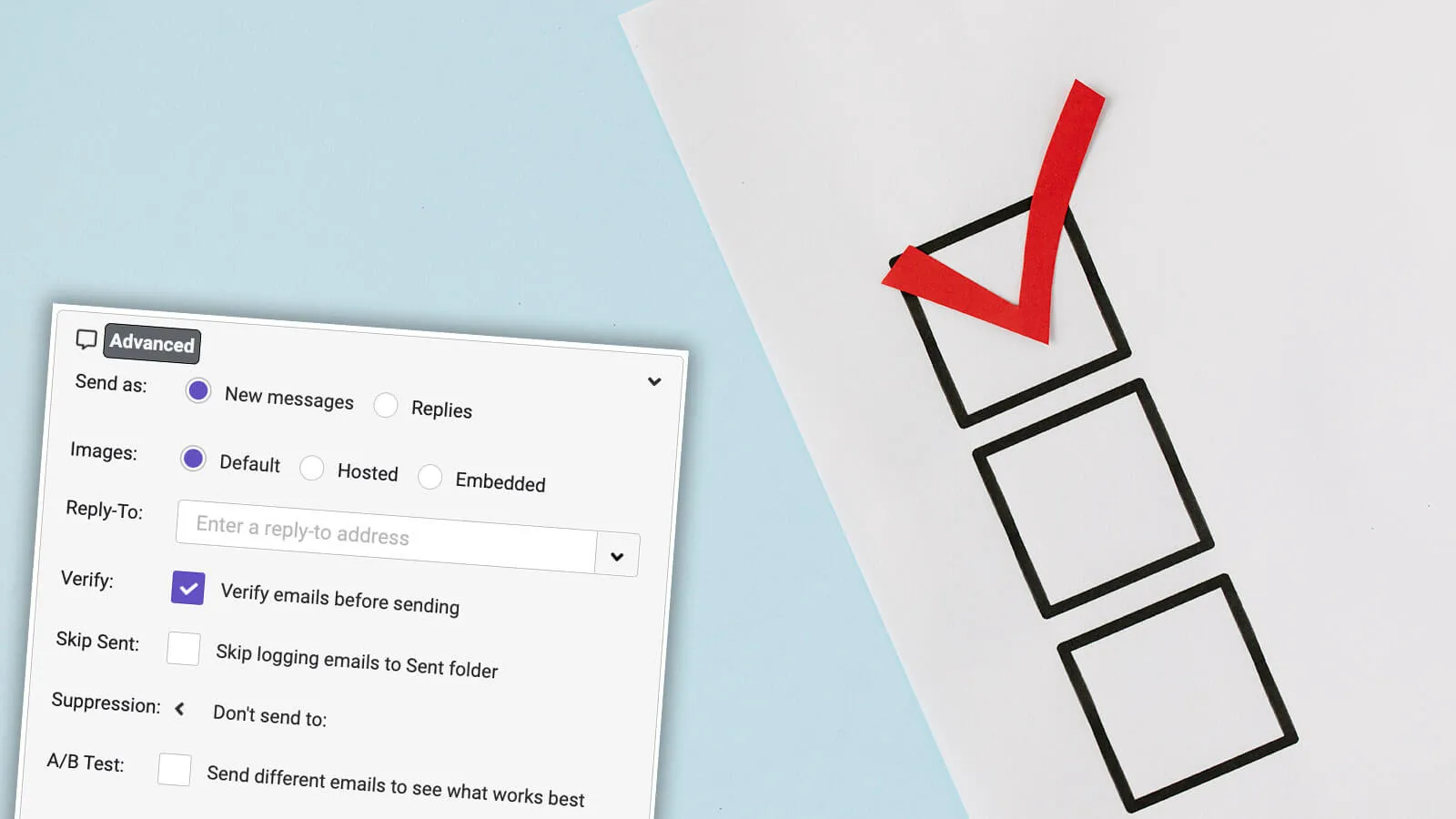
In the digital marketing landscape, ensuring the cleanliness and reliability of your email list is paramount. Adopting best practices for email verification not only enhances email deliverability but also prevents your emails from being relegated to the spam folder.
Let's explore the essential practices and strategies to maintain an effective email verification process.
Email Verification Best Practices to Ensure Email Deliverability
Ensuring that your emails reach the intended recipients requires meticulous attention to the quality of your email list. Here are some best practices for email verification that can significantly improve deliverability:
- Regular Email List Cleaning: Periodically use an email verification service to remove invalid, disposable, and bad email addresses from your list. This helps in reducing hard bounces and maintaining a high sender reputation.
- Real-Time Verification: Implement real-time email validation on sign-up forms and entry points to catch incorrect email addresses immediately. This prevents erroneous data entry and reduces the risk of accumulating invalid addresses.
- Monitor Bounce Rates: Keep an eye on your email campaign's bounce rate. A high bounce rate indicates issues with your email list's health. Investigate the causes of bounces and take corrective action, such as removing hard bounced addresses.
- Utilize an Email Checker Tool: Employ an email checker or email tester tool to analyze the validity of email addresses before sending campaigns. These tools can provide insights into the deliverability of specific domains and the validity of email addresses.
- Check MX Records: Verify the MX (Mail Exchange) records of a domain to ensure that the domain is set up to receive emails. This is a technical check that can prevent sending emails to non-existent domains.
- Understand SMTP Responses: Familiarize yourself with SMTP server responses. An SMTP server can provide real-time feedback about the deliverability of an email address, indicating whether an email is likely to be delivered successfully.
- Avoid Disposable Email Addresses: Filter out and remove disposable email addresses. These are often used for temporary purposes and can skew your engagement metrics and affect list quality.
- Maintain Sender Reputation: Keep your sender reputation intact by ensuring your email practices are compliant with ISPs' policies. A good reputation increases the likelihood of your emails being delivered to the inbox.
How to Prevent Emails from Landing in the Spam Folder

Ensuring your emails reach the inbox and not the spam folder involves more than just email verification. Here are additional strategies to improve your email deliverability:
- Authenticate Your Emails: Use email authentication protocols like SPF, DKIM, and DMARC to verify your emails' integrity and origin. Authentication helps prevent email spoofing and phishing, which can lead to spam complaints.
- Maintain Consistent Sending Patterns: Sudden spikes in email volume can trigger spam filters. Maintain a consistent sending pattern to avoid raising red flags with ISPs.
- Engage Your Audience: Encourage engagement (opens, clicks, replies) with your emails. ISPs consider user engagement when determining whether to filter emails into the inbox or spam folder.
- Provide a Clear Unsubscribe Option: Make it easy for recipients to opt out of your emails. A visible and functional unsubscribe link can reduce spam complaints and improve list health.
- Segment Your Email List: Send targeted, relevant content to segments of your list based on user behavior and preferences. Personalized emails are more likely to be engaged with and less likely to be marked as spam.
- Avoid Spammy Content: Be cautious with your email content and subject lines. Avoid excessive use of sales language, caps lock, and exclamation marks, which can trigger spam filters.
Adopting these best practices for email verification and deliverability can significantly improve the performance of your email campaigns. By ensuring your email list is clean and engaging your audience with relevant, authenticated content, you can enhance your sender reputation and achieve better email marketing results.

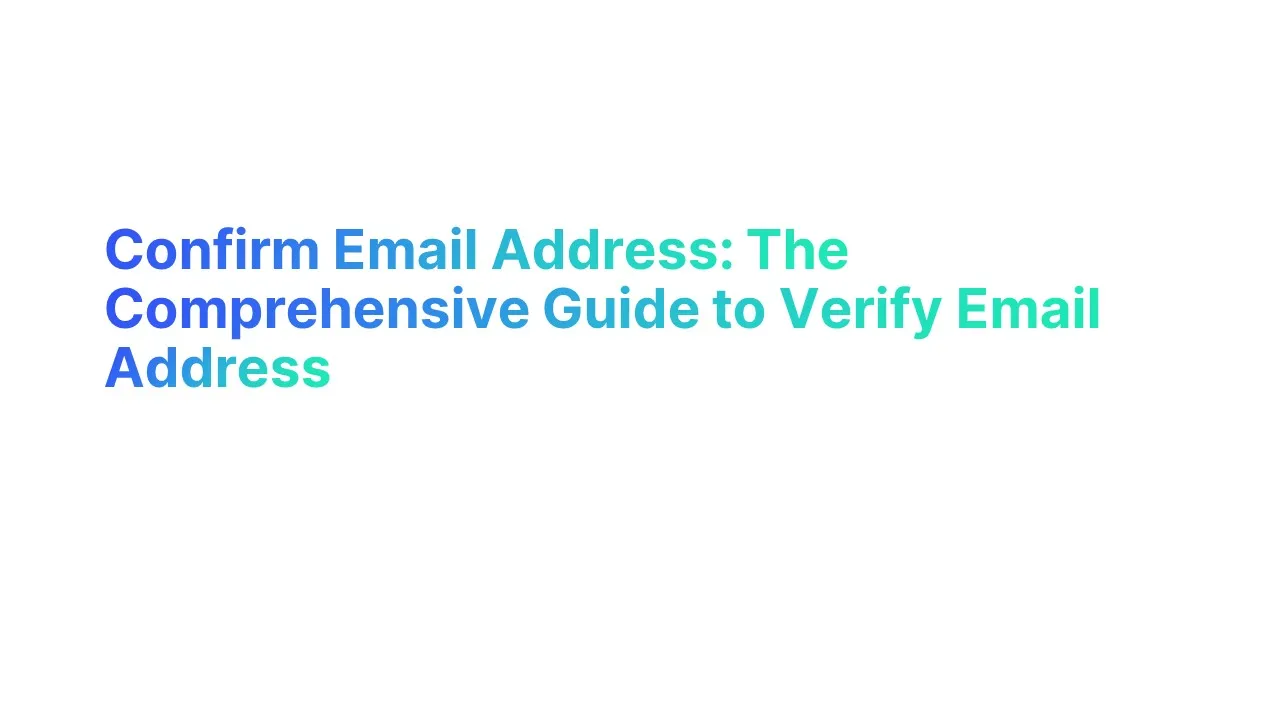



.jpg)

.jpg)
